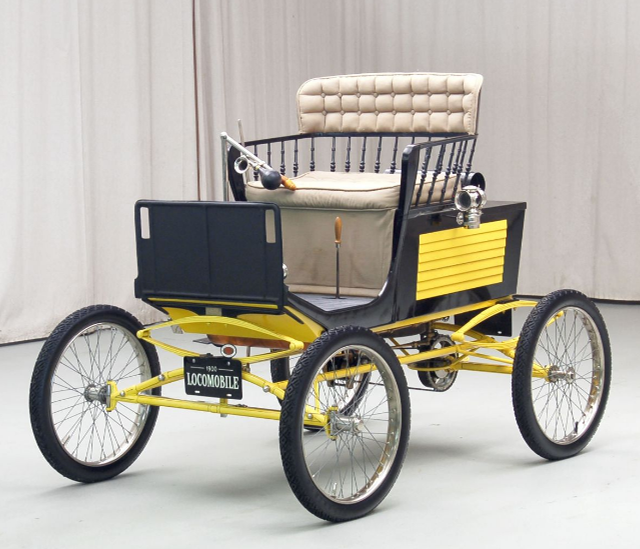Elijah Peacock was an English immigrant who, along with his wife, Rebecca Haylock, moved to Chicago in February 1837. Shortly after arriving, he opened the "House of Peacock" at 155½ Lake Street, a fine jewelry and watch shop. It was the first registered business in Illinois and is recognized as the oldest existing retailer in Chicago.
sidebar
The Panic of 1837: The Panic sparked a nationwide depression in March 1837, lasting into the mid-1840s, but it couldn’t stop the House of Peacock’s success or Chicago’s growth. This would be the first of many hardships that the House of Peacock and Chicago found themselves in and would overcome together. Families migrated west as the East Coast felt the depression especially hard.
The Town of Chicago (inc. August 12, 1833) was granted a charter, becoming the City of Chicago, on March 4, 1837. C.D. Peacock is older than Chicago and is the oldest continuously operating business in (2024) Chicago. It predates the city's official incorporation on March 4, 1837, and has witnessed Chicago's transformation from a frontier outpost to a bustling city.
C.D. Peacock lived at 1713 W. Indiana Avenue, which is now in the 38 hundred block of West Indiana Avenue.
By 1843, Chicago was rich in transportation and fertile ground. The city was a hub for business, and Elijah Peacock was one of six jewelers. As Chicago grew in size and numbers, so did Peacock's.
In 1843, the House of Peacock moved around the corner to 195 Lake Street and Wells.
People were drawn to the city with each transportation upgrade, especially the addition of the Indiana and Michigan Canal and the thousands of miles of railways connecting Chicago to the rest of the country.
In fact, legend has it that Elijah was an early investor in the canal, making the business boom possible. A few years after he opened shop, Elijah acquired prime land in that area from a gambler who "paid" his debts with a deed to the land, which was only thought to be worth very little at the time. Eventually, the value of land close to the canal skyrocketed, and Elijah sold it to fund the canal, paving the way for the store's and Chicago's growth.
Once again, the economic landscape shifted. In 1849, the House of Peacock moved to 199 Randolph Street. Then again in 1854, to 205 Randolph Street.
The House of Peacock specialized in selling and repairing watches and carried a small jewelry line. Elijah passed on his trade to his son, Charles, who eventually took over the business when his father retired after the Chicago Fire in 1871.
After the fire, the House of Peacock quickly reopened for business. In 1873, Peacock moved to 98 State Street at the corner of Monroe Street. The next move was to 86 West Madison Street.
Under Charles' management, the firm changed its name to C.D. Peacock and expanded its offerings and locations, opening at 118-120 S. State Street at Adams Street.
While Elijah Peacock primarily focused on selling and repairing watches, evidence suggests he also introduced some jewelry items to his customers. Historical accounts mention that he brought "deluxe jeweled necklaces" for the elite women of Chicago and sold fine silver dining sets.
In 1889, Elijah's son, Charles Daniel (C.D.), took control of the business and changed The House of Peacock to the name and luxury brand we now know as C.D. Peacock. He had been very involved in the industry since he was a young boy, having grown up around the best jewelers and watchmakers.
However, it's unclear whether Elijah designed these items or simply curated them for his store. His son, Charles Daniel Peacock, expanded the jewelry selection significantly, and the company became known for its exquisite jewelry collections.
It's safe to say that Elijah Peacock played a crucial role in introducing fine jewelry and Swiss-made watches to the Chicago market, even if he wasn't necessarily the designer behind the pieces. He laid the foundation for C.D. Peacock's later success as a prominent jewelry retailer.
Compiled by Dr. Neil Gale, Ph.D.






























